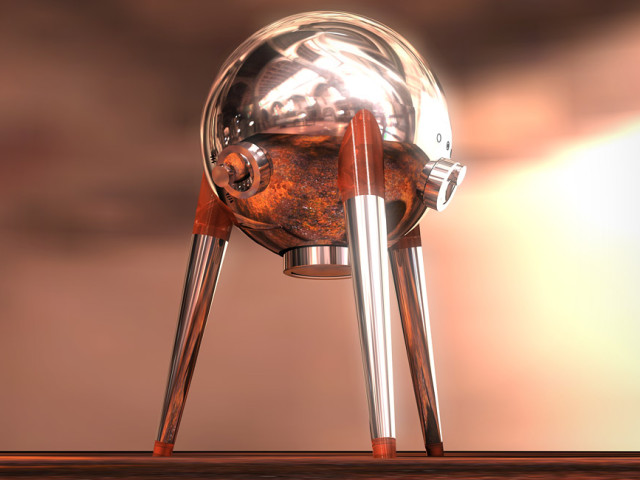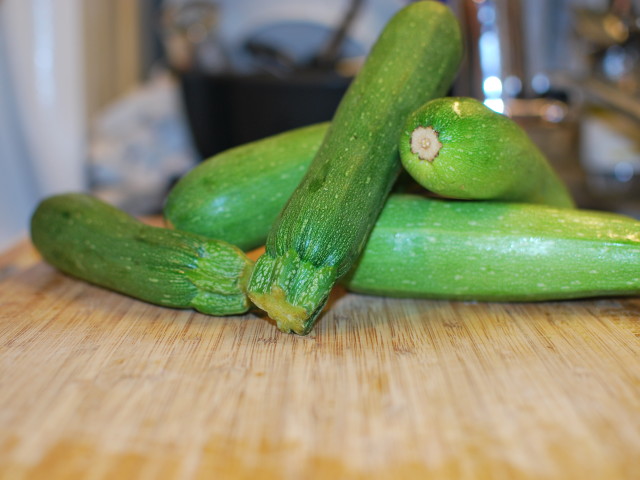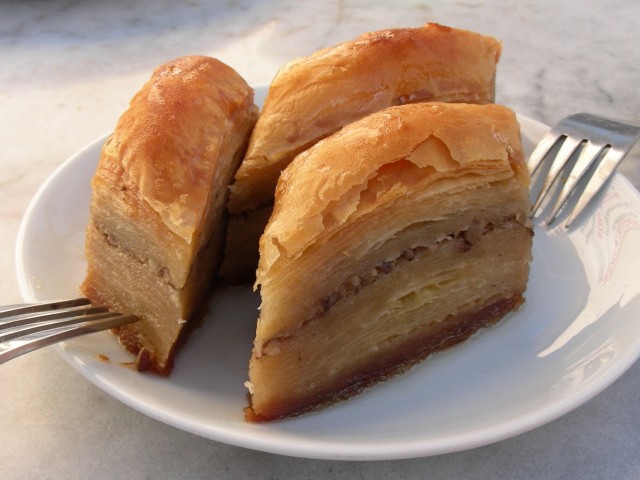
Peppers sweet, spice, small, big all are part of the Capsicum family, which is a genus of plants from the nightshade family (Solanaceae), native to Mexico, and now cultivated worldwide. Some of the members of Capsicum are used as spices, vegetables, and medicines. The fruit of Capsicum plants have a variety of names depending on place and type. They are commonly called chili pepper, red or green pepper, or just pepper in Britain and the US; the large mild form is called bell pepper in the US, capsicum in Australian English and Indian English, and paprika in some other countries (although paprika can also refer to the powdered spice made from various capsicum fruit). The original Mexican term, chilli (now chile in Spanish) came from Nahuatl word chilli or xilli, referring to a huge Capsicum variety cultivated at least since 3000 BC, according to remains found in pottery from Puebla and Oaxaca.
Read More






